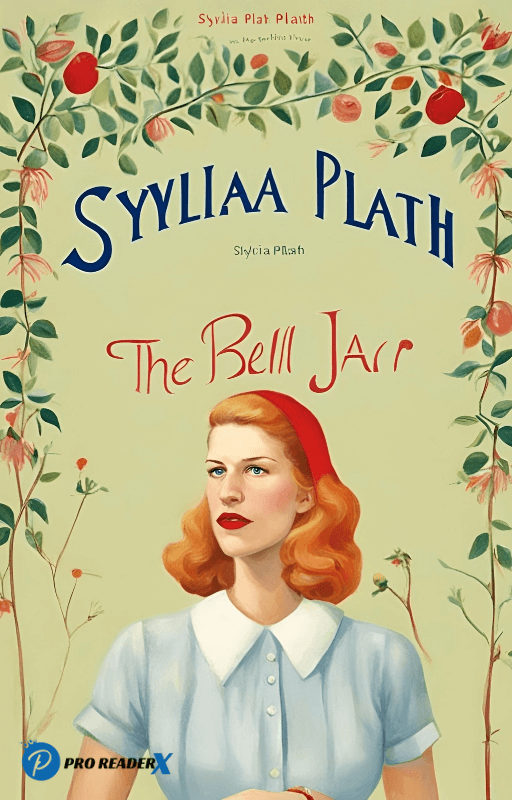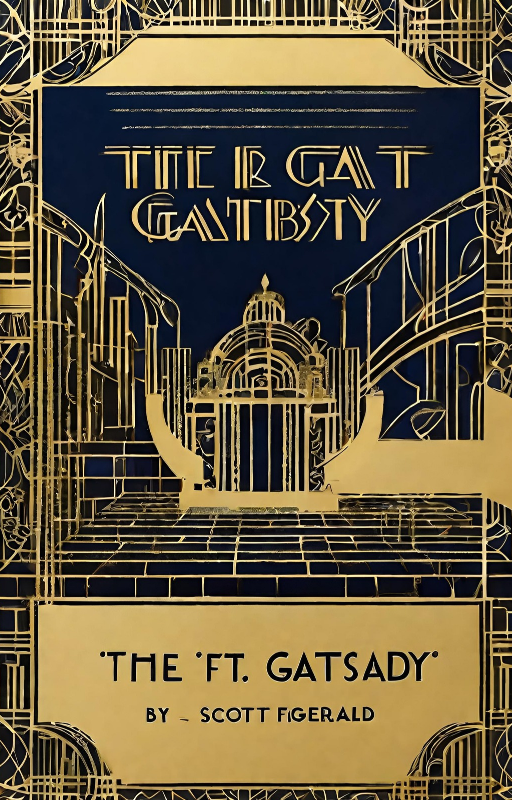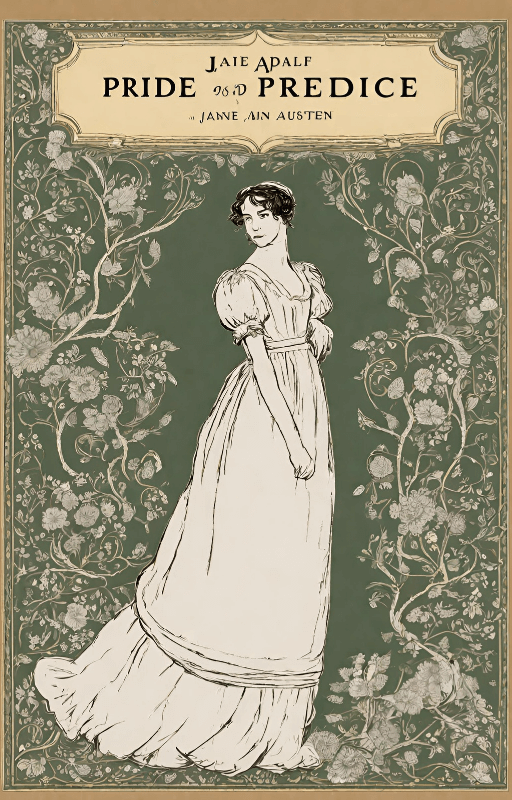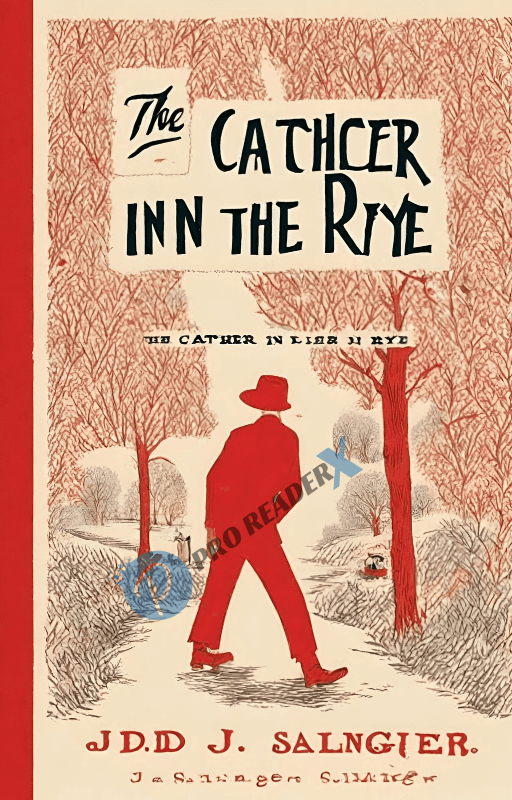Introduction
Sylvia Plath’s “The Bell Jar” deftly and profoundly examines a young woman’s battle with mental illness. Published originally in 1963 under the pen name Victoria Lucas, this semi-autobiographical book provides a very intimate look into the life of its author and reflects Plath’s own depressive episodes. Let us explore the minute aspects of the plot summary of “The Bell Jar.”
Summary of The Bell Jar
Background and Publications
The first edition of “The Bell Jar” was released in January 1963. Though it was met with conflicting reviews at first, it is now acknowledged as a masterpiece of modern American fiction. Plath’s portrayal of mental illness was creative at the time, providing an unbroken glimpse at the protagonist’s inner agony.
Sylvia Plath’s Life and Influence
Sylvia Plath’s personal experiences had a significant impact on “The Bell Jar.” The beautiful poet and author Plath battled mental disease all of her life. Esther Greenwood’s tale is mostly based on her experiences, which makes the book a moving reflection of her own personal struggles.
Detailed Plot Summary
Starting with Esther Greenwood’s Life
The book opens by introducing us to Esther Greenwood, a driven and intelligent young lady who has secured a prominent internship at a New York City magazine. Despite her successes, Esther is becoming increasingly detached and dissatisfied.
The Internships and New York City
The Glitz and Glamour
New York City first fascinates Esther with its glitz and potential. She socializes with accomplished women, attends opulent parties, and enjoys the city’s energy. Subtly, though, she starts to feel more alone.
The Struggles and Disillusionment
As her internship goes on, Esther starts to lose faith in the magazine business because of its superficiality and the expectations that were put on her as a young lady in the 1950s. She begins to feel a great deal of pressure to fit in with society’s standards.
The Descent into Mental Illness
The Return Home
When Esther returns to Boston after her work experience ends, her mental health quickly worsens. She is too overcome with despondency and thoughts of inadequacy to see herself through.
The Bell Jar Metaphor
In describing Esther’s oppressive sadness, Plath compares it to a bell jar. Isolated from the outside world and unable to leave her own thoughts, Esther feels imprisoned inside an airless jar. This powerful picture perfectly conveys the core of her mental condition.
The Hospitalization and Recovery
Psychiatric Treatments of the 1950s
Several attempts to commit suicide result from Esther’s battle, and she ends up in the hospital. The book accurately portrays the effects of electroconvulsive therapy and other then-current mental therapies on Esther’s delicate mental state.
The Healing Road
With the support of kind female psychiatrist Dr. Nolan, Esther progressively starts to get well despite the dire circumstances. Esther finds some optimism from Dr. Nolan’s encouragement and the innovative therapies she offers.
Major Themes and Symbols
Identity and Self
The quest of identity is one of “The Bell Jar” main themes. Esther wrestles with her identity and her goals, trying to balance her aspirations with what society expects of women.
Society and Expectations
The book takes aim at the inflexible expectations society of the 1950s imposed on women. Esther is under tremendous pressure to play out traditional roles, and her mental collapse is exacerbated by her incapacity to do so.
Mental Health
In the way that it depicts mental illness, “The Bell Jar” is a groundbreaking piece. The unvarnished and honest way that Plath portrays despair illuminates the stigma and misinformation that surrounded mental health at that time.
Characters Analysis
Esther Greenwood
It is Esther who drives the story. Talented and intelligent, she is nevertheless rather unhappy. Her persona presents a complicated picture of a young lady struggling with her own inner demons and the repressive weight of society expectations.
Dr. Nolan
One of Esther’s mainstays throughout her recuperation is Dr. Nolan. Unlike the other physicians, she helps Esther escape the bell jar by providing true empathy and understanding.
Other Key Characters
Further noteworthy characters include Esther’s mother Mrs. Greenwood, who finds it difficult to comprehend her daughter’s illness, and her ex-boyfriend Buddy Willard, who personifies the conventional masculine expectations of the day.
Critical Reception and Legacy
initial reception
When “The Bell Jar” was out, reviews were not entirely positive. Though some thought it frightening, others welcomed its open portrayal of mental illness. But the book has now been reassessed and is now considered a foundational work.
Impact on Literature and Culture
“The Bell Jar” has endured throughout literature and society. It has spurred many conversations about feminism, mental health, and the challenges women encounter. Academic circles as well as popular culture clearly bear its impact.
Conclusion
Still a potent and timely book, “The Bell Jar” by Sylvia Plath. Readers are still drawn to it because of its uncompromising depiction of mental illness and criticism of society expectations. It is an ageless work that evokes empathy and thought because of Plath’s skillful narrative and moving images.
FAQs
Q1. What is the main theme of “The Bell Jar”?
Amid the backdrop of 1950s society demands, “The Bell Jar” centers on the battle with identity and mental illness.
Q2. Is “The Bell Jar” autobiographical?
Sure, “The Bell Jar” is a little autobiographical. The book was heavily impacted by Sylvia Plath’s personal experiences with mental illness.
Q3. Why did Sylvia Plath use a pseudonym?
Originally publishing “The Bell Jar” under the pen name Victoria Lucas, Plath did so to preserve the identity of the characters she portrayed and maybe because the material was so intimate.
Q4. How does the bell jar metaphor relate to Esther’s experience?
The bell jar stands in for Esther’s sense of being confined and choked by her sadness and unable to interact with the outside world.
Q5. What impact has “The Bell Jar” had on modern discussions about mental health?
Because it presents depression honestly and dispels the myth around mental illness, “The Bell Jar” has had a profound effect on contemporary conversations about mental health.






